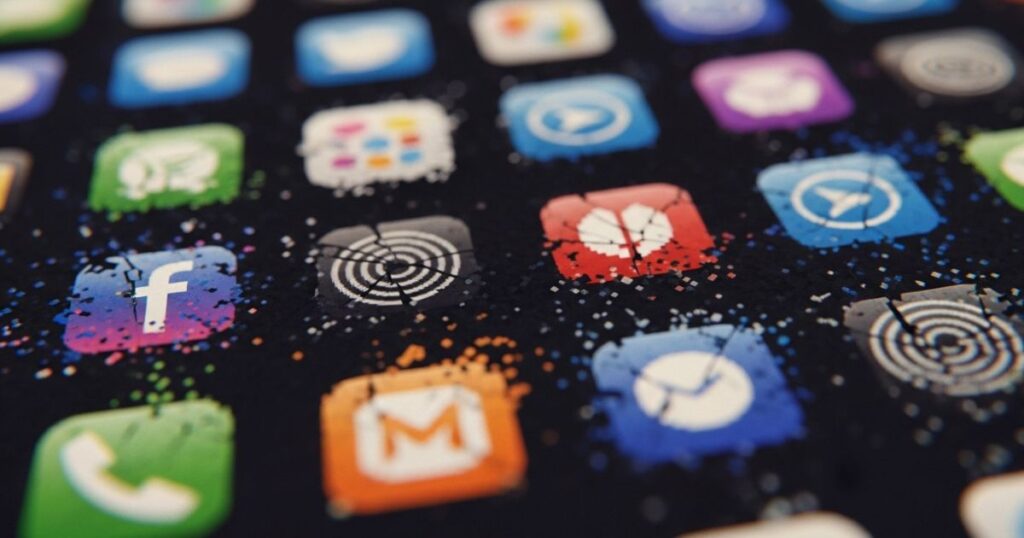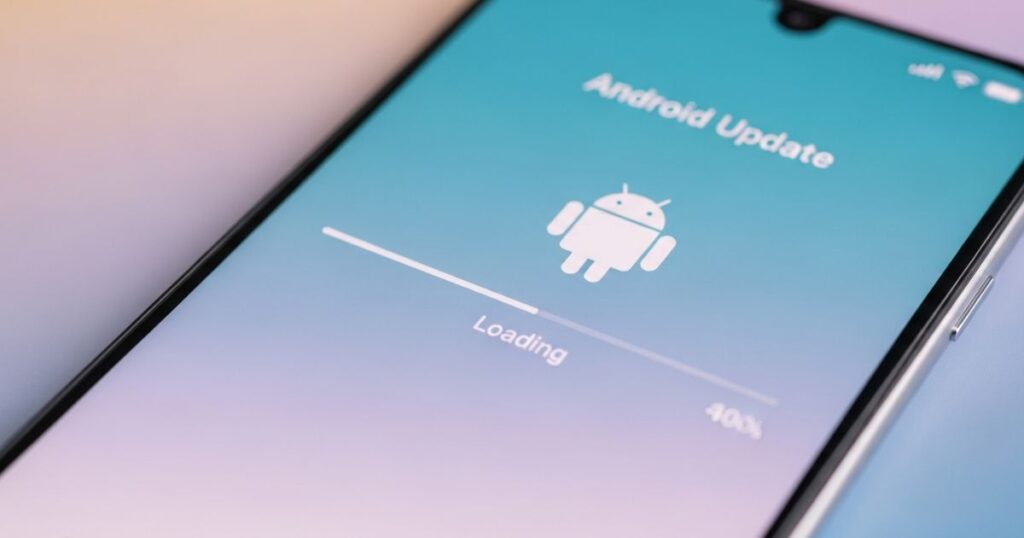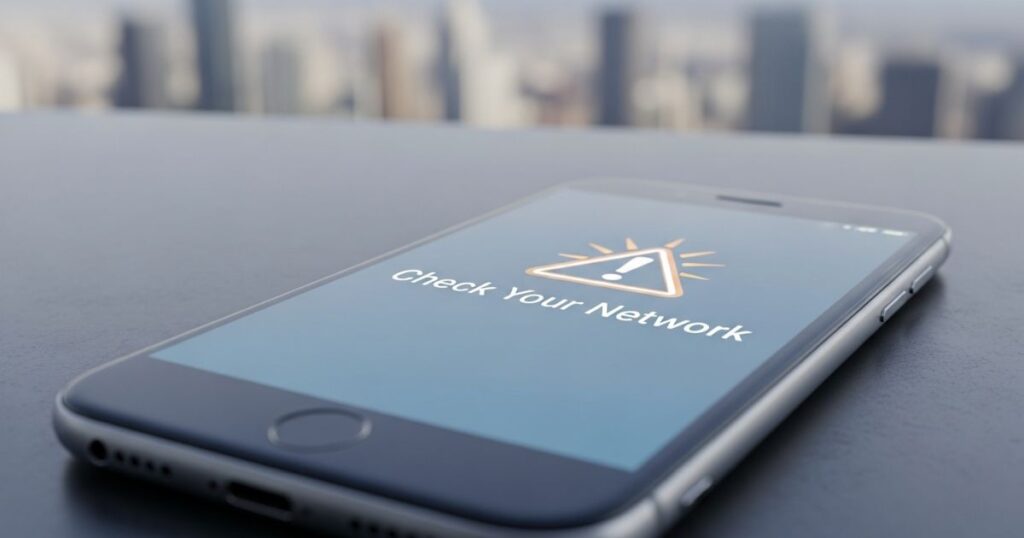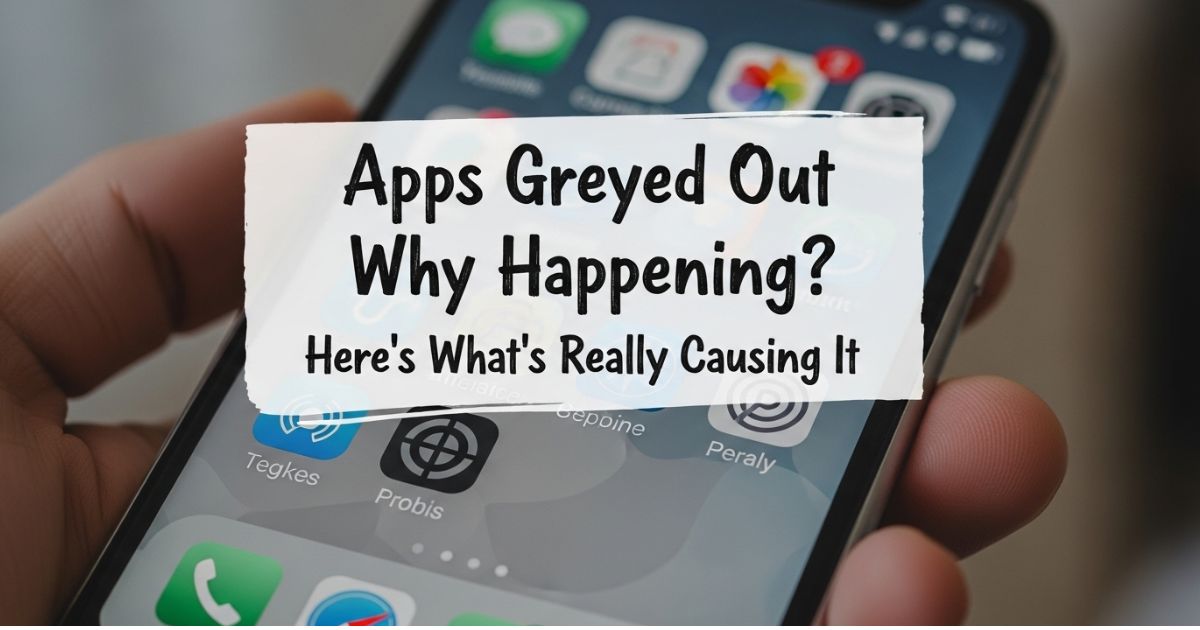You open your phone like usual, tap on an app and nothing happens. It’s greyed out, frozen, and you’re left wondering what went wrong. You restart the phone, switch networks, even wait a while, but the icon just sits there, unresponsive. It’s annoying, especially when there’s no clear reason behind it.
In this guide, we’ll uncover the most common triggers behind this issue and walk you through simple fixes that actually work. From app settings to system updates, we’ll explain everything in plain English. Apps greyed out why happening by the end of this post, you’ll have the answers and solutions you need.
How to Fix Greyed App Icons Android
There can be several reasons why app icons appear greyed out on Android, but the key is to take a few basic steps to either fix the issue or make sure everything is working properly. The focus should be on checking and troubleshooting common causes to get the app icons back to normal.
Grey Icon & Well Being
When you set time limits for apps using the Digital Wellbeing app like allowing Instagram for just 10 minutes a day the app will turn grey once that time is up. This grey icon means the app is paused or restricted. It’s a visual cue that the usage limit has been reached. So, if you see a colorless or greyed-out app, it’s likely because of a timer or focus mode setting in Digital Wellbeing.
My Honest Experience with Greyed-Out Apps
I noticed my Instagram app suddenly turned grey in the app drawer and wouldn’t open. At first, I was confused, but then I realized I had set a 30-minute usage limit through the Digital Wellbeing app. Once that limit was reached, the app was automatically disabled for the day.
To fix it, I just went into Digital Wellbeing settings and either removed the timer or increased the daily limit. It was a simple change, but it made me more aware of how much time I was spending on certain apps.
NEW Errors: Broken While Moving
When apps are moved from internal storage to an SD card, especially on devices like the Samsung M33 5G, they can start to misbehave. Over time, some of these apps may turn gray, slow down, or even crash. Instead of showing the app name, they might display package names like com.paypal.merchant, and tapping on them often results in a “not available” message.
Restarting the phone doesn’t always fix it. The best solution is to uninstall the affected apps and then reinstall them directly on internal storage. Once reinstalled and logged back in, the apps usually start working normally again.
Broken App Icons

Sometimes, when you uninstall, update, or clear an app’s data, your phone’s launcher also refreshes how that app shows up on your screen. This can temporarily break or grey out the icon. Also, if you’ve hit your usage limit set in Digital Wellbeing, the app may be greyed out and unresponsive because of those restrictions.
Find Out Default Launcher
To check your default launcher on Android, go to Settings > Apps, then find your current launcher and look for options like “Set as default” or “Clear defaults.” On Samsung devices, you can go to Settings > Default apps > Home app to see or change it.
How to Clear Cache Data of Default Launcher
Open your phone’s Settings.
Go to All Apps or App Management.
Find and tap on your default launcher (like System Launcher, One UI Home, etc.).
Tap on Storage inside the app info.
Select Clear Cache and confirm.
Modes and Routines
On Samsung devices, Modes and Routines can automatically limit access to certain apps. When you turn on a mode like Sleep or Work, the phone applies specific rules and one of those can be restricting app usage.
If an app is restricted by a mode or routine, it might appear greyed out on your screen. You won’t be able to open it, and sometimes you’ll even get a message saying the app is blocked due to usage limits. Notifications or features from that app may also stop working until the mode ends.
New Android Updates

After updating to Android 12 or 13, you might notice that some app icons on your home screen look faded or greyed out. This is mostly due to the new themed icons feature introduced with Material You, which blends app icons with your wallpaper for a more customized look. However, not all app developers have updated their icons to support this feature, which leads to certain apps appearing grey or inactive.
In some cases, the problem isn’t just visual. Greyed-out icons can also happen because of broken shortcuts, app timer limits set in Digital Wellbeing, or temporary glitches after the update. Clearing the cache of the default launcher or restarting your device often fixes it. If you’ve been asking yourself, apps greyed out why happening, chances are it’s a mix of design changes and minor bugs that came with the latest Android version.
Here’s why my apps are greyed out?
Disabled or Inactive Apps Apps can appear greyed out if they’ve been manually disabled or are not currently active.
Compatibility Issues If the app doesn’t match your device’s software or hardware, it may show up greyed out.
Installation or Update in Progress During app installation or updates, icons may temporarily appear greyed out until the process finishes.
Digital Wellbeing & Focus Mode Android settings like Focus Mode can restrict certain apps, making them look greyed out.
Insufficient Storage Low device storage can prevent apps from updating or running, causing them to appear unusable.
Battery or Permission Restrictions Battery optimization, missing permissions, or conflicting app settings can block app functionality.
Sideloaded or Unofficial Apps Apps installed from outside the Play Store may not be fully supported, leading to greying out.
Work Profile or Secure Folder Limits Apps inside these secure environments may become greyed out if profiles are inactive or locked.
Broken Shortcuts or UI Cache Issues Corrupted shortcuts or system cache problems can make working apps appear inactive or greyed out.
Google Play Protect or Security Blocks If an app is flagged as unsafe, Play Protect might block or disable it temporarily.
Reasons Why Apps Gray Out on iPhone
Apps may appear greyed out on your iPhone after an iOS update or when you’re restoring from a backup. This usually means the app is stuck during installation or update. You might see a “waiting” message, and even if you tap the icon, it often won’t resume properly. The issue is often caused by network problems, storage issues, or app glitches that prevent the process from finishing.
Read More: Technology Falcon
Solution 1: Check Your Network
One common reason behind apps greyed out why happening is a poor internet connection. If you’re using mobile data, switch to a stable Wi-Fi network and try opening the app again. A fast and reliable connection often fixes the issue.
Solution 2: Check iPhone Storage
If your iPhone is out of storage, some large apps might not update or work properly. To check your storage, go to Settings > General > About. If it’s full, try deleting apps you don’t need to free up space.
Solution 3: Uninstall & Reinstall the App
If an app isn’t working properly, it might not be compatible with your iOS version. For example, some apps made for iOS 16 may not run on iOS 15. You can check the app’s details in the App Store to see what version it supports. If it’s not compatible, uninstalling the app or updating your device could help.
Solution 4: Restart or Force Restart iPhone
Restarting your iPhone can solve many system problems by clearing memory and temporary files. It’s a quick way to refresh the device if apps are acting up.
If a normal restart doesn’t help, try a force restart. This involves holding down certain buttons for about 10 seconds until the Apple logo shows the exact buttons depend on your iPhone model.
Solution 5: Try Times or Downgrade to iOS 15
Sometimes, greyed-out or “waiting” apps fix themselves after a few tries so it’s worth attempting to open or update the app multiple times. But if you need to use the app right away and it’s still not working, one option is to downgrade your device from iOS 16 back to iOS 15. There’s also a video tutorial available to guide you through the downgrade process.
Solution 6: Fix App Stuck after iOS 17/18 Update by Third Part Software
If an iPhone app is greyed out and won’t delete, it might be due to system damage or corruption after an iOS 17 or 18 update. In this case, a repair tool like Tenorshare ReiBoot can help fix the problem. It’s designed to solve various iOS system issues, including apps stuck or not working properly.
Solutions to Grayed Out Apps on iPhone
The article suggests following basic troubleshooting steps to fix apps that appear greyed out on your iPhone. These steps are meant to help users quickly resolve the issue using common, proven solutions.
Check Your Network

If your apps are greyed out, it might be because your iPhone isn’t connected to strong and stable Wi-Fi. Sometimes, mobile data isn’t enough to fully install or update apps. Make sure you’re on a fast, reliable internet connection to fix the issue.
Check Your iPhone’s Storage
If your apps are greyed out, your iPhone might not have enough storage to run or update them. This can prevent apps from working properly. To fix it, go to Settings > About > Storage and delete any files you don’t need to free up space.
Restart or Force Restart Your iPhone
Restarting your iPhone can often fix common system problems, including apps showing as greyed out. If a normal restart doesn’t help, try a force restart. Apple provides step-by-step instructions for different iPhone models on their support page.
Uninstall and Reinstall the App
If you’re dealing with apps greyed out why happening, one simple fix is to uninstall and reinstall the affected app. Sometimes, the problem comes from a compatibility issue with a recent iOS update. Check the App Store to see if the app supports your current iOS version. If it doesn’t, you may need to wait for the developer to release an update.
Enable and Disable Airplane Mode
If your apps are greyed out on iPhone, try turning on Airplane mode for a few minutes, then turning it off again. This quick step has helped many users fix the issue, and it’s safe to try. After disabling Airplane mode, check if the greyed-out apps start working.
Disable Wi-Fi Assist
If your iPhone switches to mobile data when Wi-Fi is weak, it might be because Wi-Fi Assist is turned on. This can interrupt app downloads and cause their icons to appear greyed out. To avoid this, it’s a good idea to disable Wi-Fi Assist.
Here’s how to turn it off:
- Open the Settings app
- Tap on Cellular
- Scroll down
- Toggle off Wi-Fi Assist
Reset Network Setting
If your iPhone apps are still greyed out, resetting your network settings might fix the problem. This process clears saved Wi-Fi networks and other network-related settings but can help restore normal app behavior.
To reset network settings:
- Open Settings
- Tap General
- Scroll down and tap Transfer or Reset iPhone
- Tap Reset
- Select Reset Network Settings
Read More: Technology Falcon
FAQ’s
Why are some of my apps stuck in grey with no error message?
It usually happens due to network problems, paused downloads, or app restrictions set on your phone.
Can a system update cause my apps to grey out?
Yes, after updates, certain apps may glitch or become incompatible, causing them to appear greyed out temporarily.
Is low storage space a reason for apps not loading properly?
Absolutely. If your device is low on storage, it can prevent apps from installing or updating, leaving them greyed out.
Apps greyed out why happening only on Wi-Fi, not mobile data?
This could be due to settings like Wi-Fi Assist or weak Wi-Fi signals interrupting downloads.
How do I fix greyed-out apps without deleting them?
Try restarting your phone, disabling any app timers, resetting network settings, or checking for app updates.
Conclusion
Wondering apps greyed out why happening can be frustrating, but the cause is usually a quick fix away whether it’s a network setting, storage issue, or app restriction. Now that you know what to check, getting your apps back to normal should be easy and stress-free.

I’m Rana Waseem, an SEO blogger with a passion for creating content that ranks and drives results. With a deep understanding of search engine optimization and keyword strategy, I help businesses and readers discover valuable information through well-researched, engaging blog posts. My goal is to simplify SEO for everyone while staying ahead of the latest trends in digital marketing


